Students at a rural Illinois grade school had the rare opportunity last week to learn how math and science education affects the global deployability of the Department of Defense.
What the students may not have realized was the education the visit was giving to the engineers.
Three engineers and two interns from the Military Surface Deployment and Distribution Command's Transportation Engineering Agency visited Albers Elementary School in Albers, Ill., to give the fifth and sixth grade students a first-hand look at how math and science skills are used to ensure equipment moves quickly and safely worldwide for the Department of Defense.
Those skills, the building blocks of which hung on the walls of Penny Angeli's classroom where the visit took place, are areas in which U.S. students are lagging. A 2009 analysis by the U.S. Department of Education's National Center for Education Statistics found that U.S. high school students placed below average in math and science. In math, U.S. students were in the bottom 25 percent of the countries that participated.
Though little-known outside the walls of SDDC, TEA has an impact on what, how and where the military can move, including the development of future equipment and transportation infrastructure. The agency serves all of DOD, providing transportation engineering, policy guidance, research and analytical expertise to support the National Military Strategy.
"We have one of those jobs where, if you do it right, nobody knows you're doing it," said John Newman, chief of TEA's Deployability Engineering Branch.
Newman's team also included Andrea Green-Orr, a Defense Access Roads program engineer, and Dustin Biggs, an engineer with the Ports for National Defense program. Two engineering interns from Southern Illinois University at Edwardsville, Nathan Fuhller and Jonathan Albers, accompanied the group.
"The interns were there to see how to execute something like that so they'll be able to do the same in the future, as well as to give the students someone closer in age they can relate to," Green-Orr said.
The students were presented a challenge before the visit. Using a fictional scenario that required the emergency shipment of 500 humvees from multiple stateside installations to Hawaii, the students had to use their math and science skills to provide the best way to deliver the trucks. The students looked at different sources for equipment, routes and modes of transportation, and how each decision impacts delivery.
Various aspects of military transportation and engineering were included in the scenario. Some of the finer points required a hands-on approach, with actual rigging used to secure loads. Airmen from 375th Security Forces at Scott Air Force Base also brought a humvee for the students to see up-close.
"The Security Forces' participation was a big help, because we were able to actually show them, 'this is how the hook fits in the provision," Newman said. "And from the questions they had and how they looked at the humvee, you could see they were thinking through the problems."
Other concepts were introduced and illustrated in unconventional but entertaining ways: throughput - the speed and volume of equipment that can move through a port - was demonstrated with an experiment in which students had to hypothesize and test the throughput of marshmallows into a giant test tube.
The opportunity for SDDC to reach out to the community around Scott Air Force Base was an education for the engineers as well as the students. When TEA moved from Newport News, Va., in 2007, only 17 employees moved with the agency. Within the Deployability Branch, Newman was the only employee to move to Scott as part of Base Realignment and Closure 2005. The agency was faced with the significant challenge of rebuilding the workforce, while continuing to meet critical and unique missions for the Army and DOD.
"We lost a lot of experience when we moved," said Robert Korpanty, chief of TEA's Office of the Special Assistant for Transportation Engineering. "Since then, we've hired a lot of talented people and we're recouping that experience we lost, and I see this as a way of doing that. Something TEA always needs, in addition to engineering skills, are writing and briefing skills. You can be the greatest engineer in the world doing the greatest analysis, but if a decision-maker doesn't understand it, he won't be able to make a decision on it."
The visit was spearheaded by Green-Orr, who came to TEA in 2007 after working on major infrastructure projects with the U.S. Department of Transportation. The idea of the school visit was originally introduced by Command Sgt. Maj. Tomas R. Hawkins, now senior enlisted advisor to U.S. Transportation Command, as a way for SDDC to become familiar to the local community. Green-Orr continued the effort after Hawkins' departure from SDDC. For her, the introduction to careers in science and math as a young student in East St. Louis, Ill., is a legacy that she was wants to pass on to the next generation.
"I was fortunate to grow up in a somewhat underprivileged area, where there were a lot of programs to spark an interest [in science and math] for the kids," Green-Orr said. "Now as a mom, I seek out similar experiences for my children, and they're hard to find. It's a shame. We have to step up, go out and be more involved in the community so we can sew and grow those seeds within the kids."
For Korpanty, who was instrumental in making the visit a reality, the students weren't the only ones getting an education.
"What I saw from Andrea's proposal was a way of having the new folks we've hired become more familiar with what TEA does," said Korpanty. "This was an opportunity to develop their public speaking skills and put those into application. The best way of learning how to do something is to go ahead and teach it."
In building the presentation, Green-Orr and Newman found themselves reminded of their own paths into engineering.
"I learned an incredible amount about what TEA does and was even more excited about sharing this with kids, and getting our interns involved," Green-Orr said. "When you have to tell somebody what you know, you learn the subject on a whole different level."
"I know what worked that led me down the path to engineering. Plus, both my parents are retired schoolteachers, so that fed into it as well. When you get out there and connect with the kids and show them that science can be fun, there's not just 'sit here, do your homework and be done with it.' They get to see there's a destination at the end of the road if you look far enough," Newman said. "When we get kids excited about science, we're seeding future employees."
More information on TEA is available at http://www.tea.army.mil/.
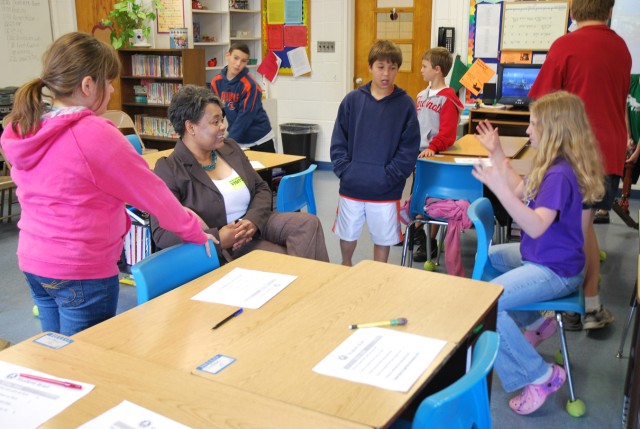
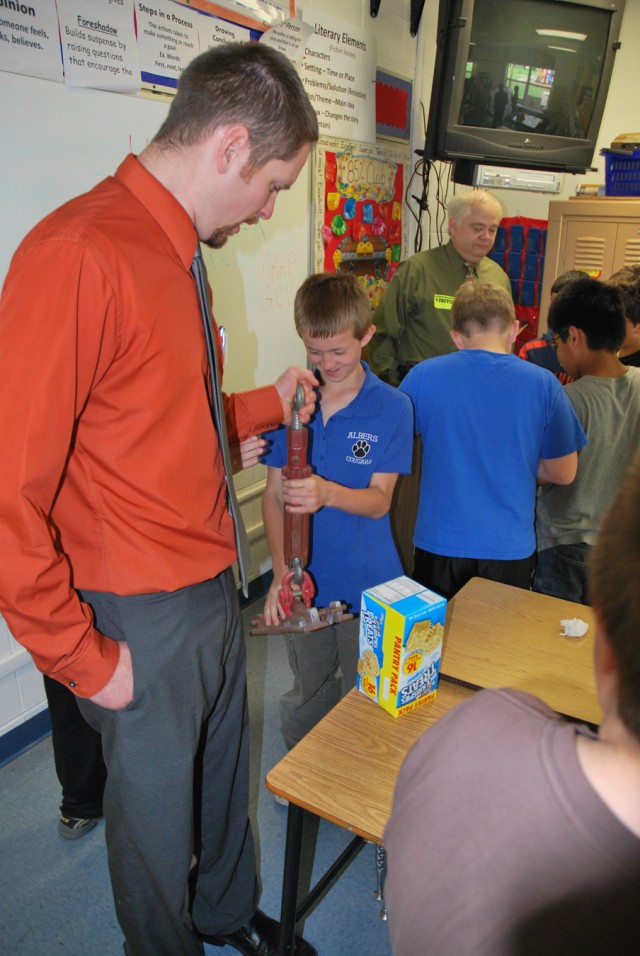
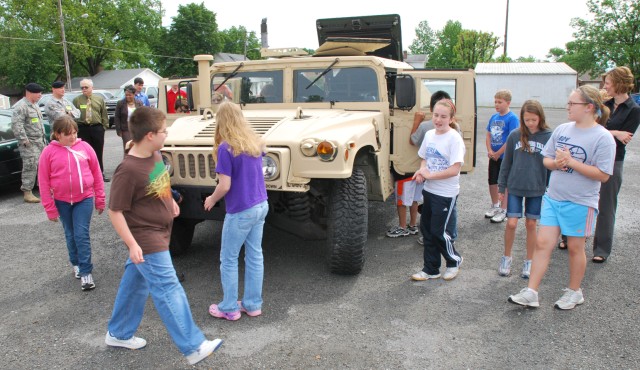
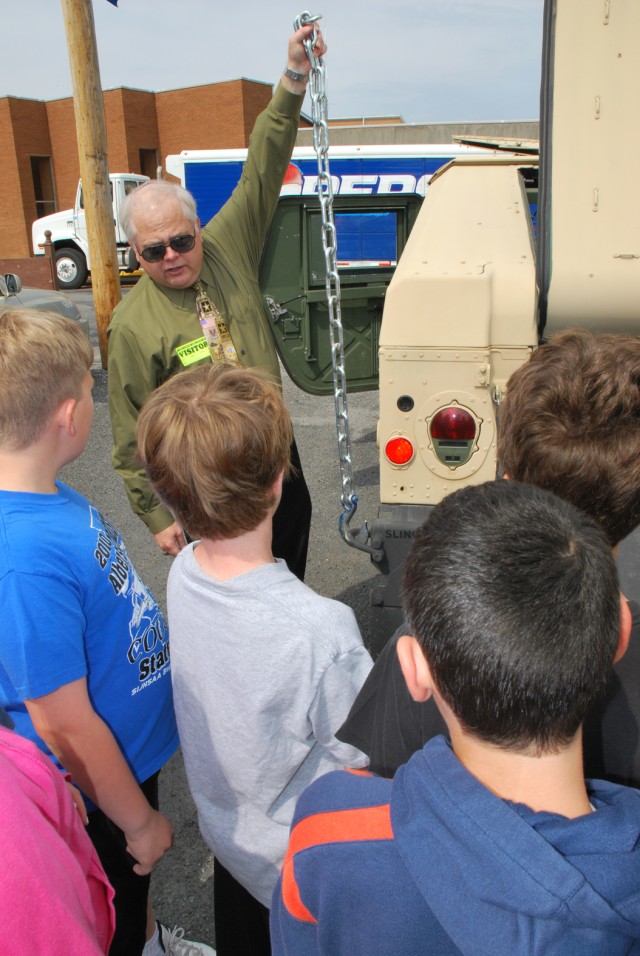


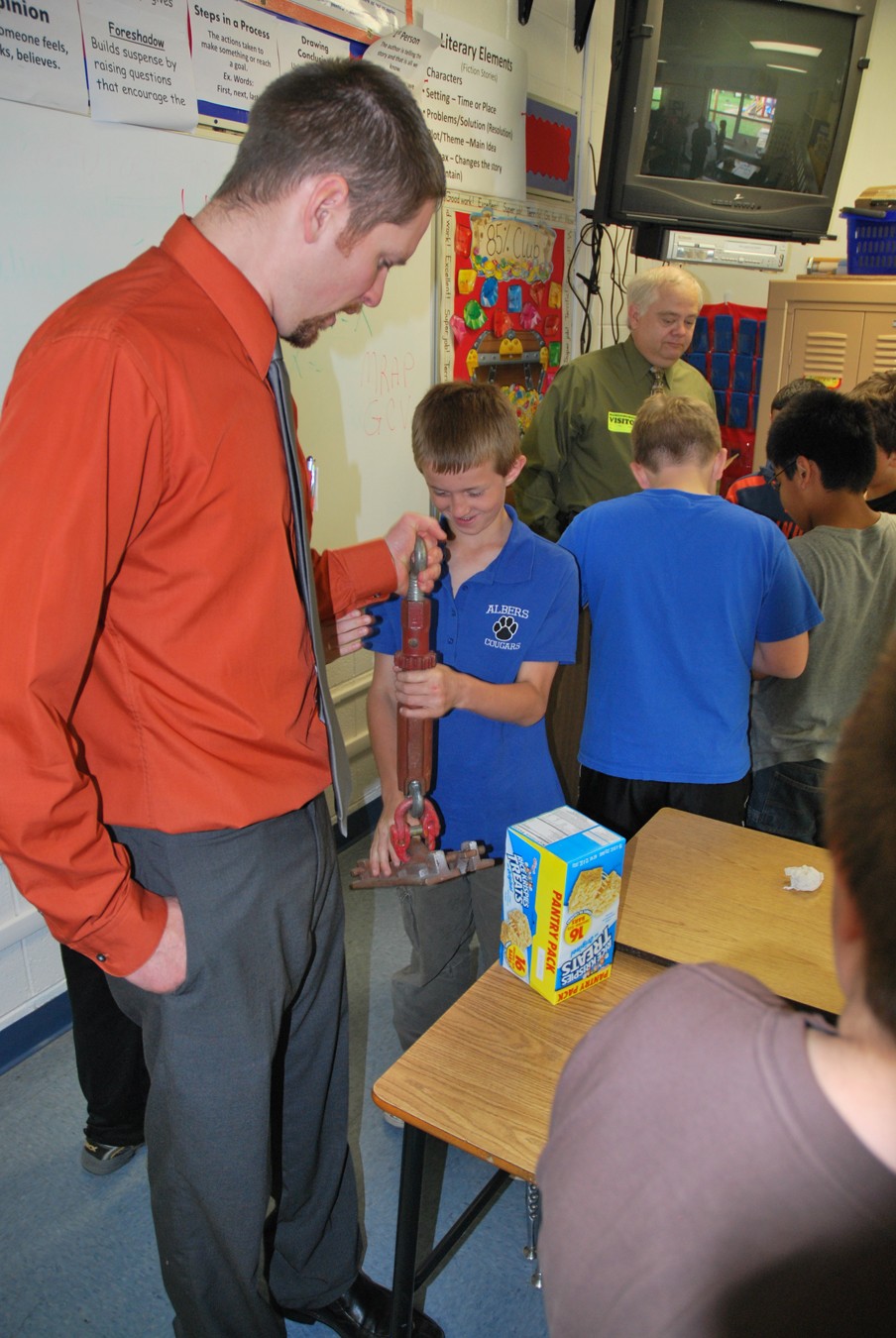
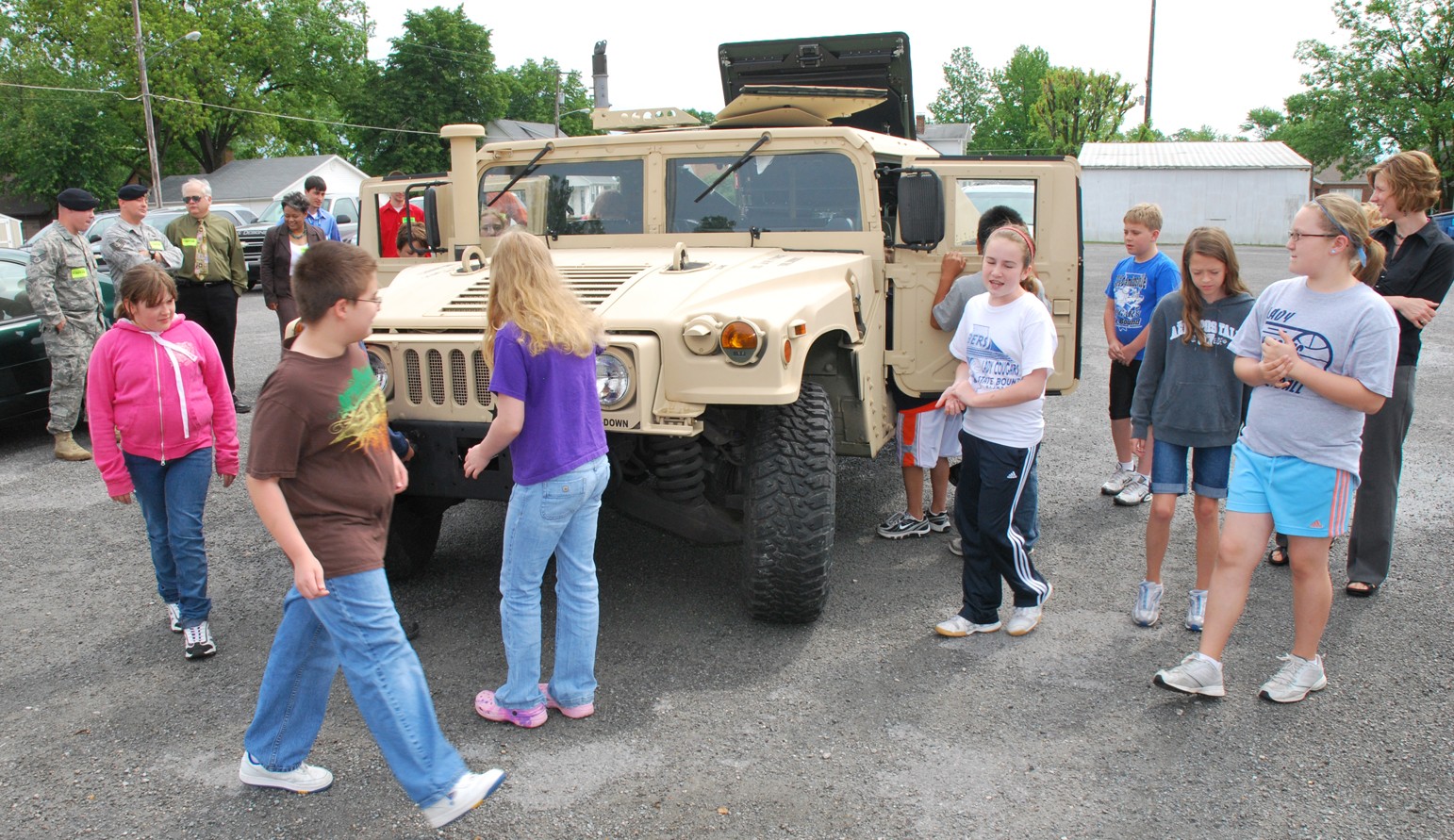
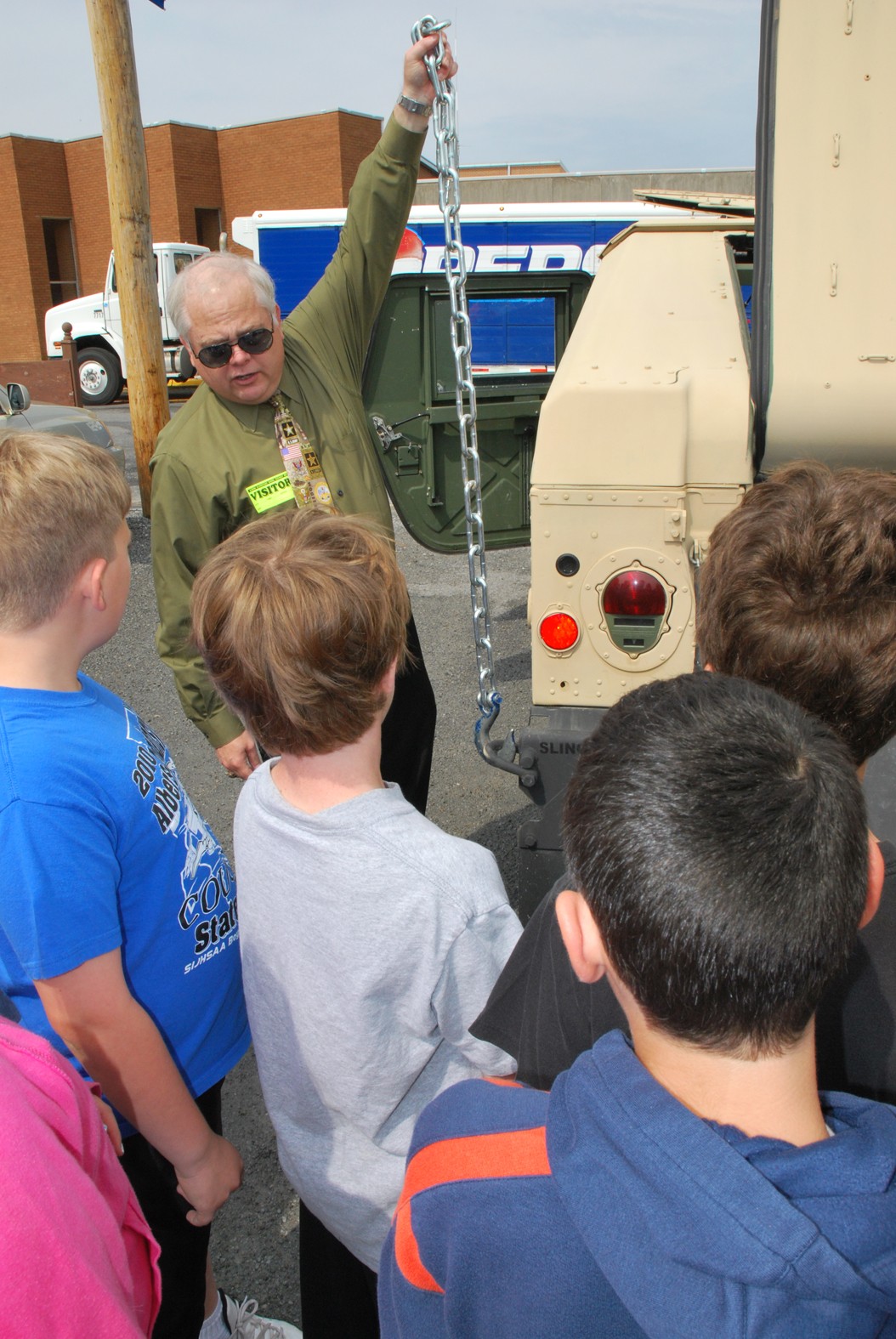

Social Sharing